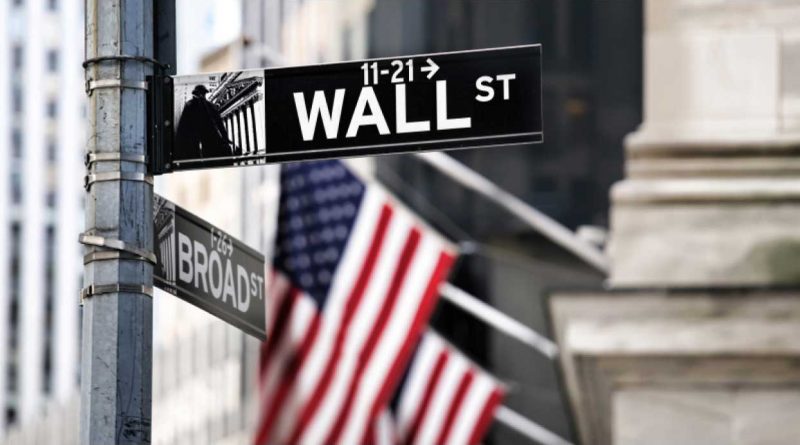On Wall Street, the roller coaster is not over
The US stock market looks to be pricing in a 75/80 percent increase in the risk premium or a 30/35 percent fall in earnings per share, or a combination of both, at current prices and rates. However, at S&P 500 levels below 2500, this is not the case.
The recent declines in the S&P500 Index have prompted considerable thought, which can be aided by a combination of fundamental and technical research. In comparison to the highs of 3,400 points attained in mid-February, when the spread of Covid 19 across the entire globe was now assured, the Index dropped by over a third in a month, to just around 2,200 points (approximately on the highs recorded in March 2000). It took a year in the prior examples of inversion (2000 and 2007) to obtain a decline of the same size in relation to the maximums. Only in 1929 did the market drop by the same amount in such a short period of time.
However, it is important to remember that the levels reached in mid-March are the same as those reached at the end of 2018: thus, such an intense correction phase follows an equally intense rise that occurred in such a short time and is linked to objective concerns about the degree of economic functioning, impacted by a scenario of blockade comparable only to what occurred during wars. A third, potentially disastrous, gap down followed the 20 percent rebound.
These facts lead us to conclude that, as the market has taught us over the last 5-6 years, a total recovery of losses in a short period of time is difficult. The range 2-150-1.800 points represents a strong resistance zone that was formed in the 2014-2016 accumulation phase and absorbs the peaks of 2000 and 2007. It cannot be ruled out that, if expectations do not consolidate, another correction will be recorded up to testing the recent minimum and, in any case, not beyond the range 2-150-1.800 points, which records a strong support zone that was formed in the 2014-2016 accumulation phase and absorbs the peaks of 2000 and 2007.
What, on the other hand, is the knowledge that can be deduced from a fundamental analysis standpoint? In mid-February, the Price Earning (price / earnings per share) was about 23/24, and in mid-March, it was around 15/16. The minimum value in all corrections since 1990 has been approximately 14/15, with values below 10 only occurring during the war and the 1970s.
A simple reworking of the DDM (Dividend discount model) valuation model reveals that the 36 percent increase between December 2018 and February 2020 was attributed two-thirds to the dramatic fall in long-term rates and one-third to the predicted growth in earnings per share (EPS). The further drop in long-term rates that occurred during the initial stages of the collapse is now assisting in containing the Index’s descent. At current prices and rates, the market appears to be pricing in either a 75/80 percent increase in Equity Risk Premium or a 30/35 percent reduction in EPS, or a combination of both.
In essence, it’s as if the market was expecting a recession in the near term with certainty, but was not yet certain that the economy would recover quickly and powerfully in the months ahead, factoring in the numerous potential uncertainties into the greater Risk Premium (degree of effectiveness of interventions, geopolitical risks, mass psychology).
What may we anticipate in the coming months? When the one-year stock market performance approaches or exceeds -10 percent, a recession is almost probable. The SP500 had a one-year performance of -14 percent as of mid-March (in this sense the Eurostoxx recorded a -25 percent and therefore expectations of a strong recession, the Chinese CSI 300 a -5 percent ). With the gradual return of the Risk Premium to historical averages and long-term rates still low, it is reasonable to think that the Index represents, in part, the effects on the real economy resulting from the interventions implemented in the coming months; as a result, the Index could fluctuate for a long time in a wide range, with high volatility.
